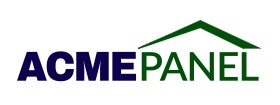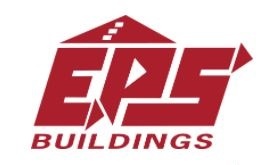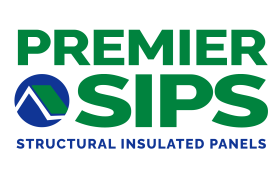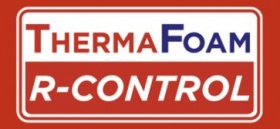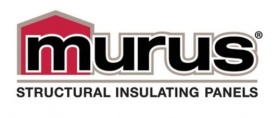
As winter is beckoning and cold temps move across the northern hemisphere, people disappear indoors while winterizing to-do lists emerge. Filter changes and HVAC cleanings are a few of the simple steps that help keep our indoor air quality (IAQ) clean, and regular maintenance ensures our heating equipment doesn’t fail mid-season. Nonetheless, building scientists agree that air quality is most impacted by the building envelope and secondly by the mechanical ventilation. Joseph Lstiburek provides in-depth analysis of building enclosures, air flow and the unequivocal IAQ performance of structural insulated panels (SIPs) in his book, Builder’s Guide to SIPs.
A building envelope is the exterior building system of your home and is depended on to protect the interior, inhabitants included. The walls, roof and flooring material is especially important for those suffering from asthma, chronic congestion or respiration problems as it provides the first defense to common irritants. A well-designed building envelope is durable to the elements, insulating (thermal performance) and tightly sealed. Structural insulated panels (SIPs) are one building envelope system which is engineered to be very efficient, making a home nearly impermeable to unwanted outside air.
A SIP-built home provides many air quality benefits:
1. Occupants breathe healthier air. Outside contaminants and allergens are significantly less prone to find a point of entry in an airtight structure, and controlled ventilation ensures in-house contaminants (CO2s and other natural gas biproducts) are replaced with fresh outside air.
2. Comfort is easy to maintain. With controlled ventilation, your precious heat or cool air will not leak through the doors, walls and ceiling. SIPs eliminate draft. Therefore, SIPs are a leading construction material for the healthiest, highest performing homes (Passive, Zero Energy Ready, LEED certified, Energy Star certified, etc.).
3. SIP structures are cavity-free. Unlike buildings with wood framing, SIPs are uniformly insulated meaning there are no voids where moisture can accumulate. This is especially important in high precipitation, humid climates prone to mold, mildew or rot.
4. Your HVAC doesn’t work as hard. With an airtight SIP home, smaller and more energy-efficient mechanical systems can be installed resulting in major appliance and energy savings. SIPs eliminate the need for expensive multi-zone systems.
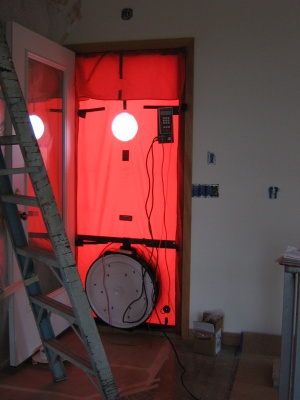
Since 2012, U.S. building code has required a blower door test to measure a home’s indoor air quality (see 2012 IECC or newer). By pushing air through the front door and maintaining 50 pascals of pressure, this test evaluates the air change per hour (ACH) levels and pinpoints leakage points throughout the building envelope. A low leakage home is considered a higher quality of construction. Current building codes require a score of 5.0 ACH in warmer, southeast climates and 3.0 ACH in cooler climates. A fully enclosed SIP envelope regularly scores lower than the 3.0 ACH standard making it one of the choice materials for a healthy, high-performing home.
Explore these high-performance SIP case studies from SIPA’s Project Library:
Energy Star SIP House in St. Peter, MN – 0.69 ACH50
SIP House in Ennis, MT – 0.91 ACH50
Passive SIP House in Claverack, NY – 0.15 ACH50
Zero Energy Ready SIP House in Seattle, WA – 0.48 ACH50
Energy Star SIP House in Westworth Village, TX – 1.34 ACH50
Additional case studies are available in SIPA’s Project Library; the only industry catalog where users can filter by ACH results, home energy rating (HERS Index) and industry awards.
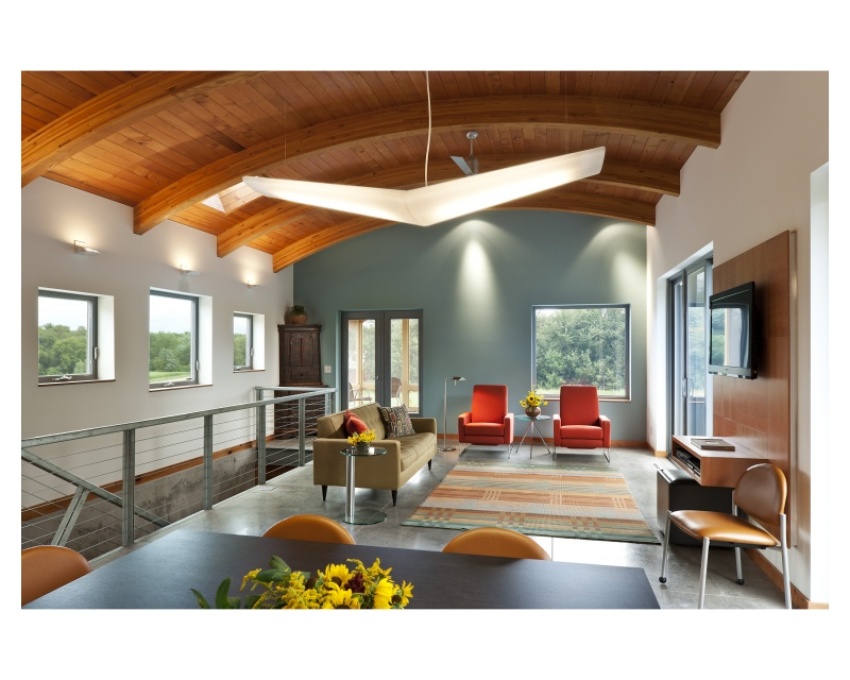
With occupant health as a priority, building professionals are increasingly taking more meaningful steps to “build tight and ventilate right”. It's important to choose a material with high thermal ratings and energy performance, and SIPs demonstrate equal efficacy controlling IAQ. Effectively controlled ventilation in a SIP home keeps out toxins, smoke and unwanted humidity – all airborne contaminants people amply and unconsciously inhale. Furthermore, inside air is continuously replaced with fresh outside air to ensure a well balanced system for occupants.
Some people don’t see the evidence of mold, feel the assault of allergies or live in wildfire prone regions, but the bleak reality is that humans breathe 2,000 gallons of air daily.[1] Occupant health is a cornerstone objective in the supply of homes and commercial buildings, and the industry has seen great strides in policy requiring higher standards for IAQ. Make the decision to build it right, build it tight and build for a healthy future. #SwitchtoSIPs
Quick Links:
Learn more about the ease of mechanical ventilation with SIPs.
Download the free HVAC Systems with SIPs brochure.
More on Healthy Indoor Air Quality
[1] https://health.howstuffworks.com/human-body/systems/respiratory/question98.htm



